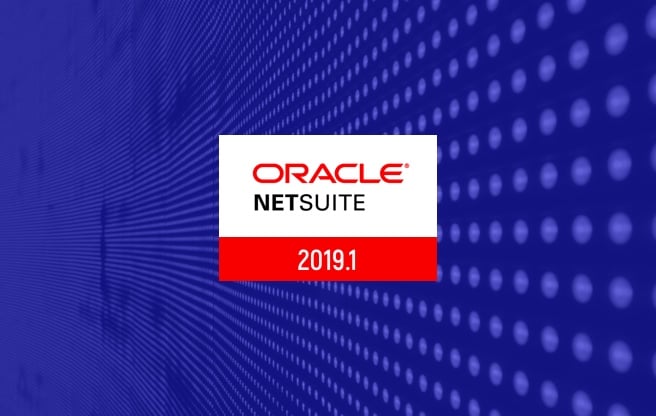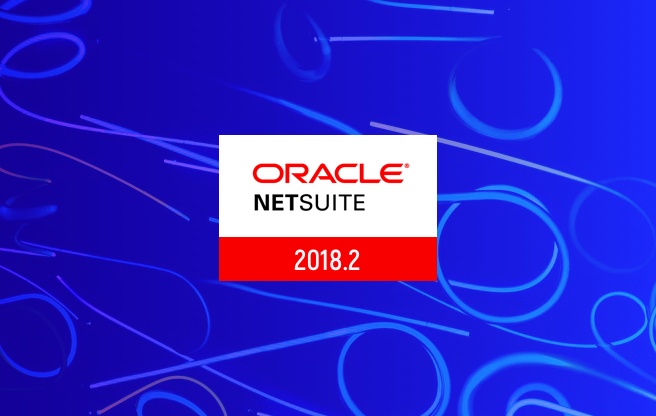NetSuite’s 2019.2 updates include many exciting new enhancements. This blog highlights Techfino’s favorite updates that we think you should be aware of.
Supply Allocation
2019.2 brings an exciting new feature that expands the ability to allocate inventory to open orders. Up to this point, inventory in NetSuite would have to be received in the system to increase the available inventory that can then be committed to open orders. If there is no available inventory, the items ordered would be put on back order until a later time.
With the new Supply Allocation feature, inventory can now be committed directly from supply sources, such as Purchase Orders and inbound Transfer Orders. To help automate this, allocation strategies are defined and assigned to items to streamline the process of allocating future supply to existing demand.
Once setup and configured, line items from demand sources are then linked to sales orders as they are created instead of going on back order. Once the items are received from those supply sources, the sales order will be ready for fulfillment.
Advanced Banking Import
When reconciling bank accounts in NetSuite, bank statements need to be imported to match transactions against the general ledger in NetSuite. Prior to 2019.2, only a handful of file formats were supported, such as CSV, BAI2, or OFX formats. In the newest release, users can now download the Bank Statement Parsers SuiteApp. This SuiteApp utilizes SuiteScript to parse and import bank statements. Because this SuiteApp now exposes the bank statement import process through scripting, the parser can be customized to import any file type, as well as how to handle transaction codes within the file during the import.
The Bank Connectivity SuiteApp will also be available, which will allow users to connect NetSuite to their bank to obtain the bank statements via SFTP. Instead of requiring the user to export files from the bank and then initiate the import within NetSuite, this integration with the bank will eliminate the manual step and automatically import the statement charges.
Overall, these are subtle and simple quality of life enhancements to allow more flexibility when reconciling bank statements. Hopefully these are the first of more changes to come to expand the capabilities of NetSuite to integrate with user's bank institutions.
REST-Based Web Services (Beta)
The REST-Based Web Services API is an exciting (beta) release that will extend the functionality of SuiteTalk. This will give developers an option to utilize a lightweight REST API in applicable use cases where a SOAP API may not suit their needs. This means that in scenarios where a custom script/RESTlet may have previously been the best option for some use cases, this Web Services REST API may be a more straightforward option for some.
While there are a few limitations in the beta (such as internal IDs being required for referencing of records), it offers functionality to perform CRUD operations with records, query support, and a metadata catalog. The query functionality returns record references, utilizing URL query string parameters to filter for the necessary record(s). The metadata catalog provides definitions for all available records, fields, sublists, and subrecords.
SuiteAnalytics Workbook & Connect
With the 2019.2 Release, NetSuite has made SuiteAnalytics Workbook more powerful and user friendly. More Out-Of-The-Box Workbooks were added along with custom record support, extended Pivot & Chart capabilities, and an improved dashboard experience and performance. The interface is now a tree structure format that allows you to easily drill down into deeper levels of join records allowing for limitless joins. The Criteria & Data tabs were merged so you can smoothly drag and drop data within the same panel. You can now open multiple paths at the same time without cancelling your previous path. The added search bar allows you to search through records and fields using single or multiple keyword searching.
Key Updates for SuiteAnalytics Workbook
- Sorting and Top N filtering for both Pivot and Chart.
- Dimension and Conditional Filtering as well as Value Formatting now added for Chart in addition to Pivot
- Portlet capabilities now added for Pivot in addition to Chart
- Cache & Cache Clearing now made easy to get more real time data.
SuiteAnalytics Workbook uses the same data model as Connect & SuiteScript which allows for more consistent data and a more integrated user experience. A new data source, NetSuite2.com, was added for Connect. It reacts on features being enabled/disabled in account and new records/fields are exposed automatically when added to the new data model. The new data source uses role-based access and ODBC Bundle is now available for easier connection configuration. Additionally, SuiteQL is used to pull data, which is based on SQL92 and is used in other channels as a universal query language, i.e. SuiteScript.
If you want to use the new data source, NetSuite2.com, you have to configure a connection with the account specific domain, but you’ll still be able to use the legacy data source, NetSuite.com
2019.2 SuiteScript
2019.2 SuiteScript update has released some useful features. Now developers will be able to do more operation with sftp module. Prior to the 2019.2 release, the onlyoperations supported by sftp module were upload and download. To download a file from sftp server, developers would need to know the file name of the target file. Sometimes this is impossible because file names usually contain timestamps or unique identifiers from another system. After the file is downloaded and consumed, it is best practice to move/delete the file from sftp directory to avoid the risk of processing the same file twice.
The new sftp module enhancement coming with the 2019.2 release now providesadditional operation actions. Developers can now perform ‘list’, ‘makeDirectory’, ‘removeDirectory’, ‘removeFile’ and ‘move’ operations through sftp module. Thanks to the new operations, developers can now actually use the sftp module to download files to NetSuite with the combination of ‘list’, ‘download’ and ‘removeFile’ operations following the best practice. The certificate module has also been updated to give users/developers a safe location to store sftp keys. With the 2019.2 update, NetSuite is also giving use Script Context Enhancements and SuiteScript 2.1 beta. Now users can configure the execution context on a script deployment page under Context Filtering tab. This is like the context field on Workflow actions. The old Execute in Commerce Context checkbox will be removed and replaced by Web Application and Web Store options under Context field. In addition to that, users can also restrict certain scripts to run for designated countries under the same type. For SuiteScript 2.1 beta, NetSuite added support to ES 2019, so developers will have access to all the latest ES 2019 features/tools. Developers can specify the version using ‘@NApiVersion 2.x’ (x = >latest GA version) in the script. NetSuite stated that SuiteScript 2.0 is a subset of 2.1 and 2.1 is backwards compatible with 2.0 so it won’t affect applications developed in 2.0.
After reading about our favorites, please contact us if you have any questions or would like to discuss any of these features in detail!
Get Started Now
The easiest way to get started is to contact Techfino today. If you’d like a little more information first, you can download our ContinuedSuccess Whitepaper. Either way, we hope you’ve found this guide helpful and hope that we can further assist you on your path to leveling up your NetSuite Support.



